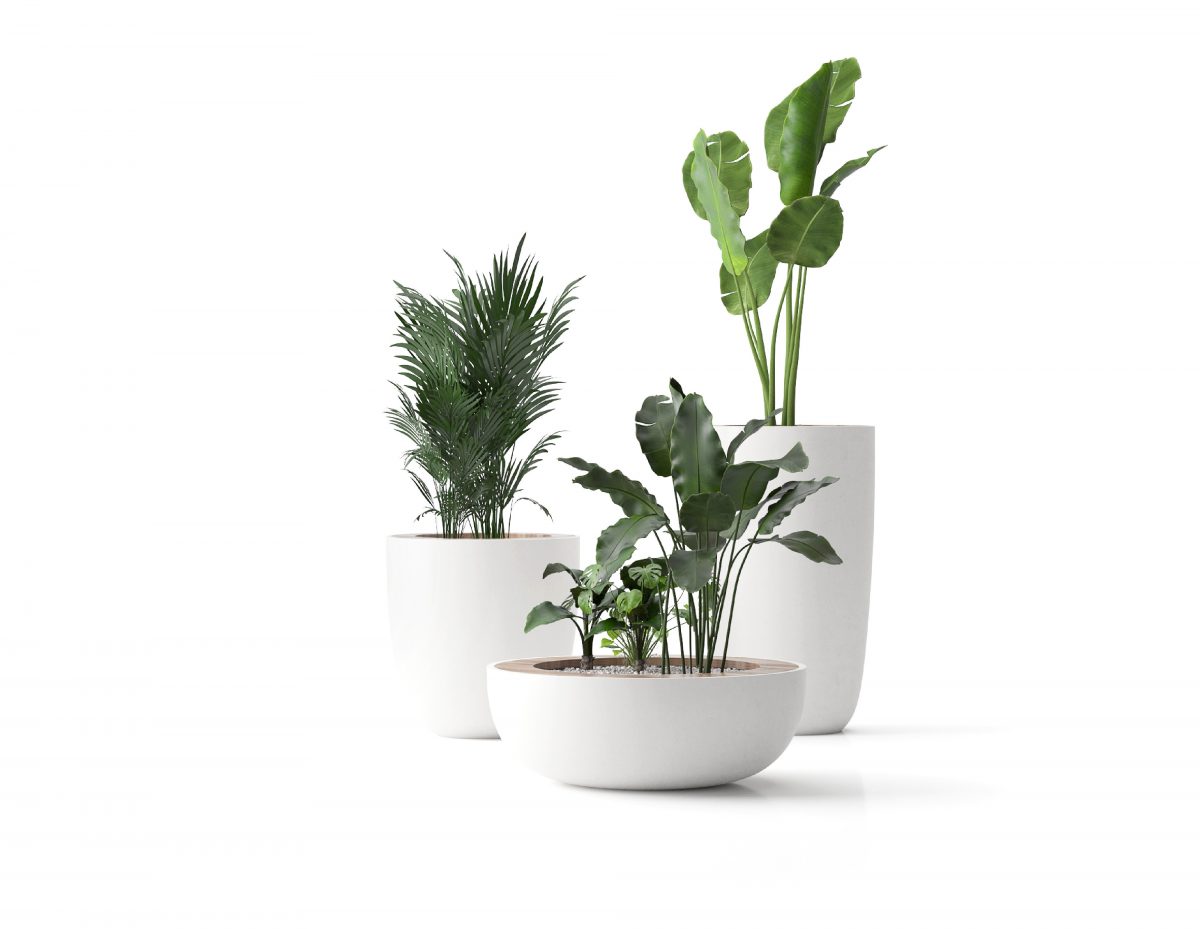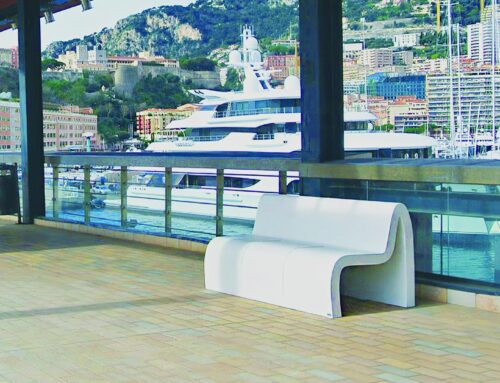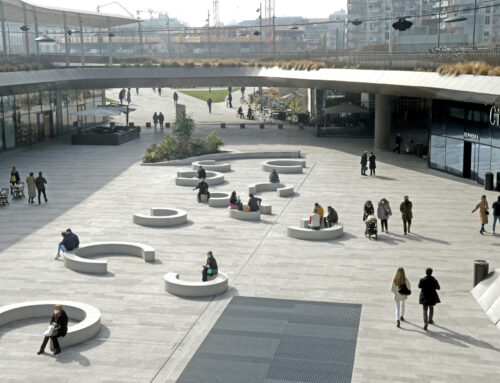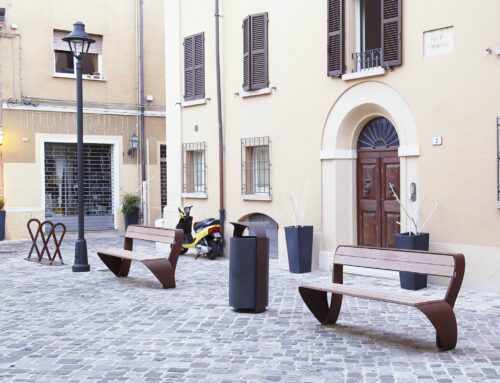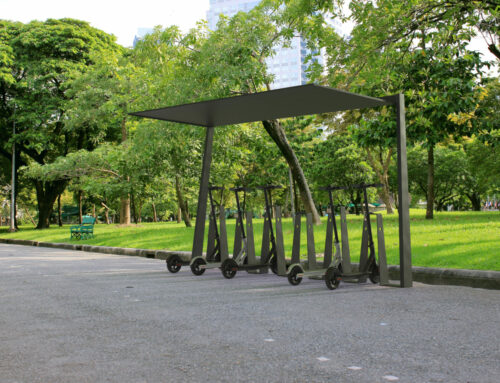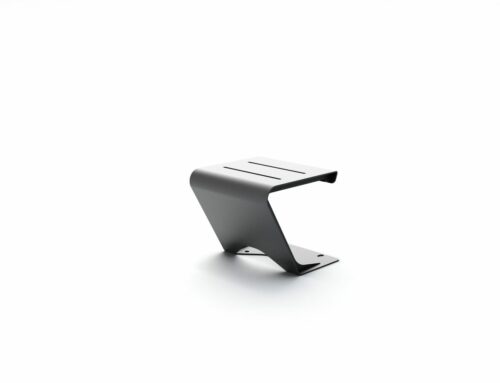Urban furniture plays a fundamental role in the design and realization of public spaces in cities.
Within this urban redevelopment, the plant element returns to the center: people need greenery even in the midst of concrete, values such as ecology and sustainability are becoming more and more important (dutiful!), and in this new way of thinking about the city, green spaces, gardens and planters become a crucial element in the furnishing of urban areas.
Planters in urban furniture – in particular – are a central element because they make it possible to create green areas in contexts where space for greenery is limited.
Furthermore, planters are able to improve the aesthetic appearance of an urban area and make the environment in which they are placed more comfortable. But let’s see them in detail.
The advantages of concrete planters
Urban planters can be made in different styles and materials: for example, concrete planters are an ideal solution for the study of urban space.
Thanks to their construction material, concrete planters can withstand the weather and last for a long time. Moreover, as they are very resistant they can also support large plants.
Another advantage of using concrete in urban planters is the great ductility of this material, which allows for maximum customisation of the final product, according to the needs of the street furniture project.
The prices of planters in street furniture
The cost of planters depends on numerous factors, such as their size and the complexity of the project.
In general, concrete planters are more expensive than plastic or wooden planters, but they are more durable and weatherproof.
Without having in front of you a real example of a project, talking about figures is reductive and misleading: the final cost of the planter will depend, as already mentioned, on many different variables, such as the material, the style, the context, but also the designer involved in the project.
Planters in street furniture: LAB3’s proposals
In LAB23’s catalog you will find several planter proposals created by our international designers specifically for the urban context: Fifty, Quaddy and Crossed.
Fifty is the planter designed by Stéphane Chapelet and made of UHPC, exotic wood and WPC, while another of LAB23’s top planters is Quaddy, made of exotic wood and steel, subsequently treated with an electrolytic galvanizing cycle and finished with PP powder coating.
Finally, one of the most popular planters is Crossed, again the brainchild of French designer Chapelet, made of 30/10 thick steel. In this model, the upper surface of the planter is characterized by a very recognisable ‘texture’, called CROSSED, and obtained by laser cutting.
These are just some of the examples of planters for city furnishing by LAB23. Contact us to discover all our planter models for urban or private spaces. Our staff will provide you with all the necessary information and prepare a customized quote for you upon request.
LAB23’s goal has always been to improve the quality of life of citizens through an innovative perspective in the design of urban spaces, enhancing sustainability, design and usability in an integrated way.

